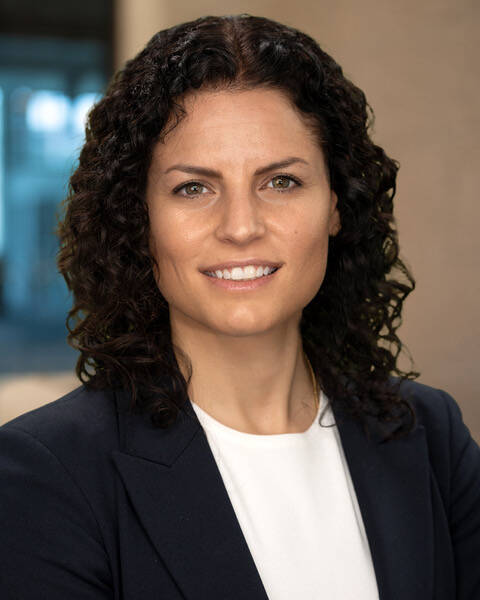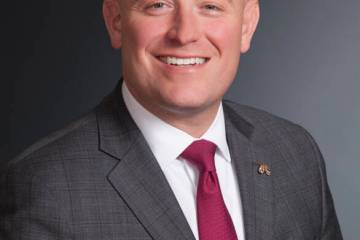Toni Peterson is the Nevada market executive for Merrill Lynch and serves as the national chair emeritus for the Merrill Women’s Exchange, a 7,000-member organization that provides a forum for networking, mentoring and collaboration. She also sits on the LGBTQ+ Executive Leadership Council at Bank of America.
Peterson sat down to discuss successfully making financial investments for personal or professional finances.
First, start with the basics. Start by building out a personal financial statement or a personal
financial balance sheet. Your assets should be on one side of the document — what do you own? Your liabilities should be listed on the other side of the document —what do you owe? Then, look at your inflows and outflows. In this case, inflows being your income and outflows being your expenses. To help you build that out, you could look at items like mortgage statements, bank statements, loan statements, credit card statements and rental payments if you don’t have a mortgage.
Q: What should be done once you commit to a financial plan?
A: Once you commit to a plan, from there, you will have a realistic sense of what you have to invest, and then it’s just about committing to a plan of regular investing and saving.
Q: What are different approaches you can take when it comes to investing?
A: There are two main approaches you can take to investing, including a self-directed approach or working with an advisor. If you have a passion for finance and the time to devote to a self-directed approach, this may be right for you. Working with a financial advisor is a great choice if you don’t have the interest or the time for a do-it-yourself approach. An advisor takes the time to understand your unique situation, including short- and long-term goals, risk tolerance, time horizon, liquidity needs and investment savvy. An advisor also will review how you are invested now and help you create a personalized investment strategy that is suited for you. As the markets and your life situation changes, advisors will help you adjust your investments and your strategy.
One of the most common questions I get from my friends is if they should invest in a particular stock or company, but I tell them that is not the right question to be asking. If you need money to put a down payment on a home, for example, in the next three to five years, that is a very different investment strategy than if you have 10 or 15 years with that same amount of money. No matter which investing option you choose, starting early is key. Here is a hypothetical example:
Let’s say you’re 45 years old and you invest $40,000 a year for the next 20 years, or $800,000 in total. By age 65, assuming a 6 percent rate of return, you would potentially have nearly $1.7 million. However, if you invest the same $40,000 each year and start at age 35, by age 65, you could potentially have nearly $3.6 million. There are no guarantees, but investing early can give your money more time to grow and recover from market downturns.
Q: What is the importance of exploring investment choices?
A: There are many investment choices that you can consider. There are individual stocks and bonds, plus a wide range of other choices, including mutual funds and exchange-traded funds, with different investment objectives. For instance, funds could be focused on certain industries or sectors, and others might offer potential inflation protection, tax efficiencies or focus on fixed income and dividend-paying stocks. For qualified investors, there are also alternative investments, like private equity, real estate and commodities.
Q: How can you select the right mix of assets to help pursue your financial goals?
A: An advisor can help you to decide which assets are most suitable for you and the potential risks and opportunities. If you do not have an advisor and you would like to learn more about working with one, Merrill Lynch’s Advisor Match tool is a great resource, which is available by visiting www.ml.com.








